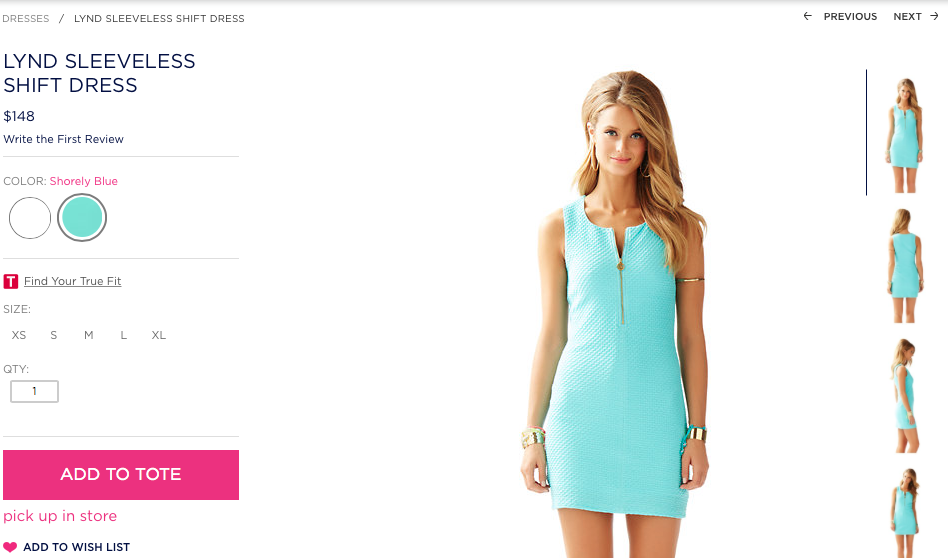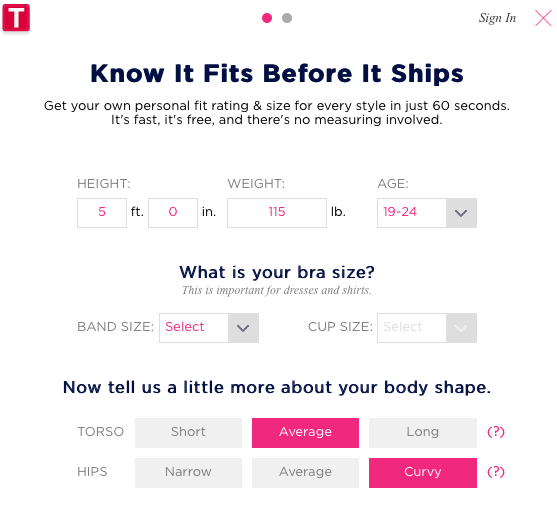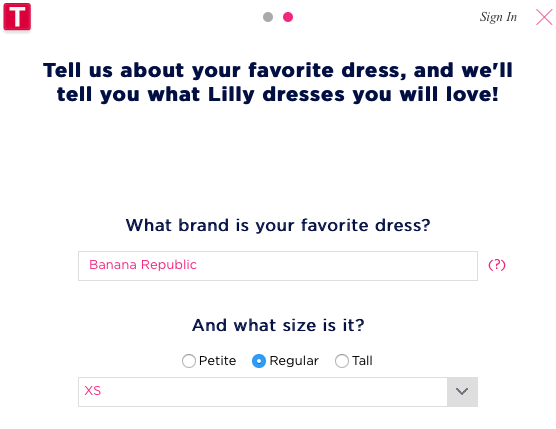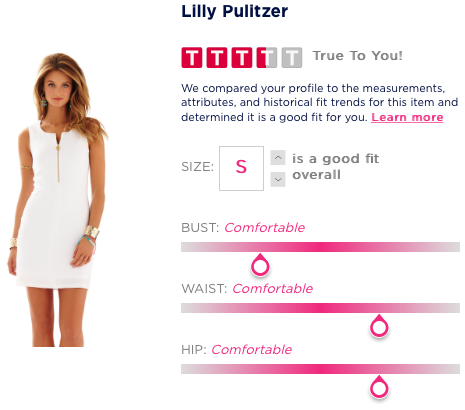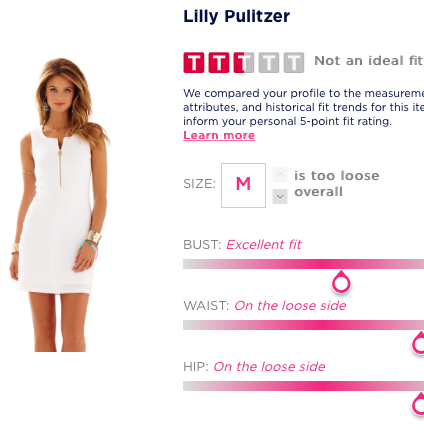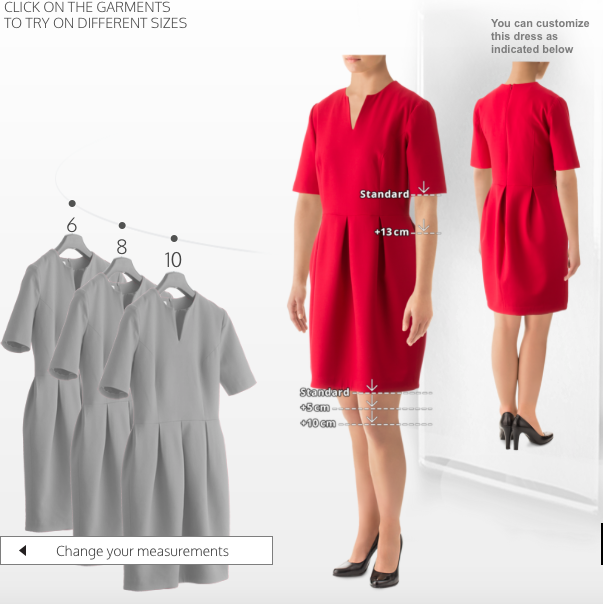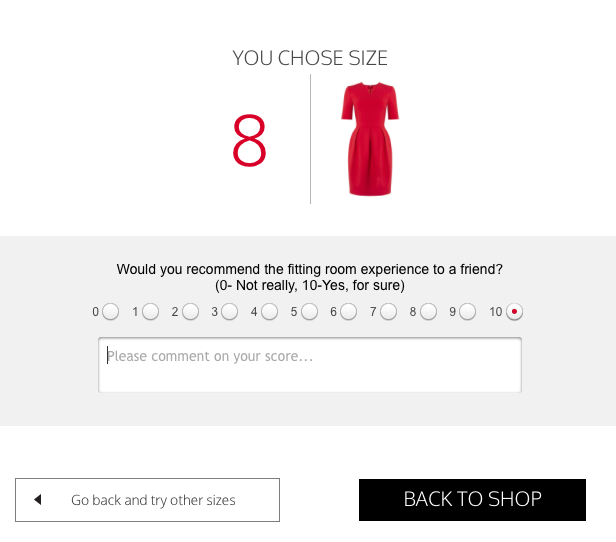Online shopping is easy and efficient. With the introduction of omnichannel-savvy retailers implementing in-store pickups and fast home delivery, eCommerce is more popular than ever.
We know personalization is effective for every type of business. Customers like goods and services tailored to their wants and needs. We’ve seen some of the world’s strongest marketers reap huge rewards from personalization programs and experts predict that personalization is the key to the future of marketing.
But in terms of online retail, personalization is not always executed as well as it can (or should) be.
The problem
One of the biggest speed bumps in retail shopping online is determining a customer’s perfect size and fit. When shopping at brick-and-mortars, customers can tell whether an item fits by trying it on. However, the inability to physically model the clothing yourself is a huge caveat of online shopping at today’s top retailers.
However, there are a couple different ways that companies are tackling this problem.
Voluntarily sharing personal data
Determining which size fits best is often done by looking at the clothing’s measurements or relying on past purchases from similar retailers. However, both of these options can be problematic.
Let’s be realistic – how many shoppers actually use those measurements to determine which size is their best fit? Oftentimes, this can be too much effort to figure out. This is why most customers simply rely on the size they typically wear.
But while many customers have a standard size, retailers occasionally size differently from one another. Someone who wears a size XS pants at one store may burst out of XS shorts at a different retailer.
A scale that shows whether pieces run small or large can help fix this problem; however, this is not the only solution.
The best way to confront sizing disparity is by implementing a personalized sizing feature into your site. Sites with features like these are often customer favorites. Customers can feel confident with their purchase without worrying about the hassles of returning products. This feature gives customers a sense of security about making orders, which increases individual orders and draws in new customers.
So how does a retailer go about implementing a sizing feature? Consider the work from an expert: Lilly Pulitzer.
Click on the images to enlarge and learn about Lilly’s True to Fit feature.
Lilly Pulitzer helps customers unsure about their particular size by asking for their personal data. This data includes a customer’s height, sizing in other brands, and body shape. Lilly Pulitzer uses this data to evaluate which size is best for the customer. This feature also considers other sizes for the shopper, and explains which parts of a clothing item may fit poorly. Shoppers can save their profile, which comes in handy when checking sizing for other Lilly products.
Virtual fitting rooms
Retailers who more digitally inclined may have the option to utilize a new, exciting service. The UK-based company Fits.me works with retailers to create a virtual fitting room for shoppers. This is similar to Lilly Pulitzer, but much more visual. The feature projects how different clothing items would fit on one’s specific body measurements. After a shopper selects the fit they like best, he or she can proceed to customize the clothing item.
Fits.me is an innovative concept that has yet to make its way into U.S. retail. These virtual fitting rooms are available in Europe, but with the United States’ strong eCommerce market I expect features like Fits.me to come across the pond soon enough.
Need more personalization?
If you love learning about marketing personalization, be sure to read up on increasing loyalty with personalization and how personalization can be used with disconnected customers.


